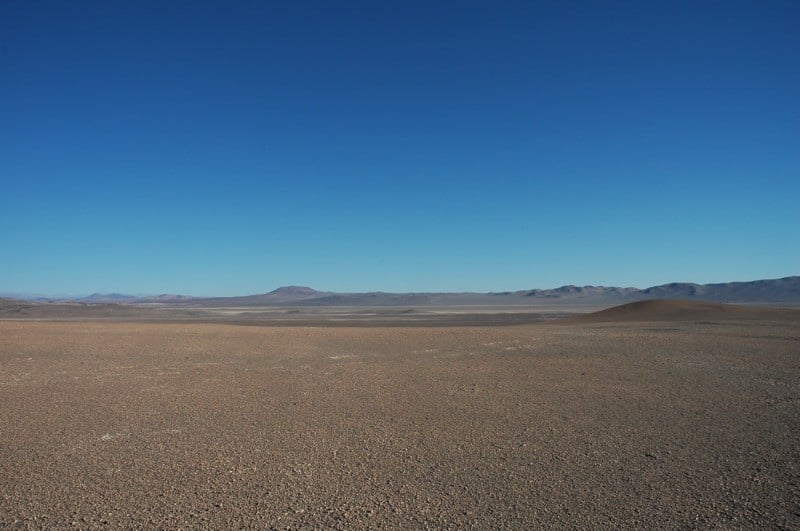Summary: Researchers have developed a new technique to identify living microbes in the harsh Atacama Desert by separating DNA from living and dead cells. The discovery reveals diverse microbial communities surviving in one of Earth’s most extreme environments, with implications for understanding life in other hostile environments.
Applied and Environmental Microbiology, November 2024, DOI: Not provided | Reading time: 4 minutes
In Chile’s Atacama Desert, where rainfall is virtually nonexistent, life finds a way to persist. Using an innovative DNA separation technique, scientists have confirmed the presence of living microbial communities in this seemingly inhospitable environment.
Separating the Living from the Dead
Traditional DNA extraction methods can’t distinguish between genetic material from living and dead microorganisms, creating challenges for researchers studying extreme environments. “If you extract all the DNA, you have DNA from living organisms and also DNA that can represent organisms that just died or that died a long time ago,” explains Dirk Wagner, who led the study at the GFZ German Research Centre for Geosciences.
The team developed a new method to separate extracellular DNA (from dead cells) from intracellular DNA (from living cells) through multiple gentle rinsing cycles. After four repetitions, they successfully divided the DNA into two distinct groups.
Pioneers of the Desert
The study revealed various living microbes colonizing the desert’s most arid regions, including Actinobacteria, Proteobacteria, and Chloroflexota bacteria. “Microbes are the pioneers colonizing this kind of environment and preparing the ground for the next succession of life,” Wagner notes.
These findings have implications beyond desert environments. The research could help understand how life establishes itself in other hostile terrains, such as areas affected by earthquakes or landslides.
Future Implications
The new technique could provide valuable insights into microbial life in other extreme environments. By focusing on DNA from living cells, researchers can better understand active microbial processes in challenging conditions, potentially including environments on other planets.
Glossary of Terms
- Extracellular DNA (eDNA): Genetic material found outside of cells, typically from dead organisms
- Intracellular DNA (iDNA): Genetic material contained within living cells
- Metagenomic sequencing: Analysis of all genetic material in an environmental sample
- Low-biomass environments: Areas with very little living material
Test Your Knowledge
How many rinsing cycles were needed to separate the DNA?
Four cycles
What types of bacteria were found in all samples?
Actinobacteria and Proteobacteria
What bacteria dominated in samples less than 5 centimeters deep?
Chloroflexota bacteria
Why is separating living from dead cell DNA important?
To understand which microbes are currently active in the environment rather than just present from past activity
Enjoy this story? Get our newsletter! https://scienceblog.substack.com/


